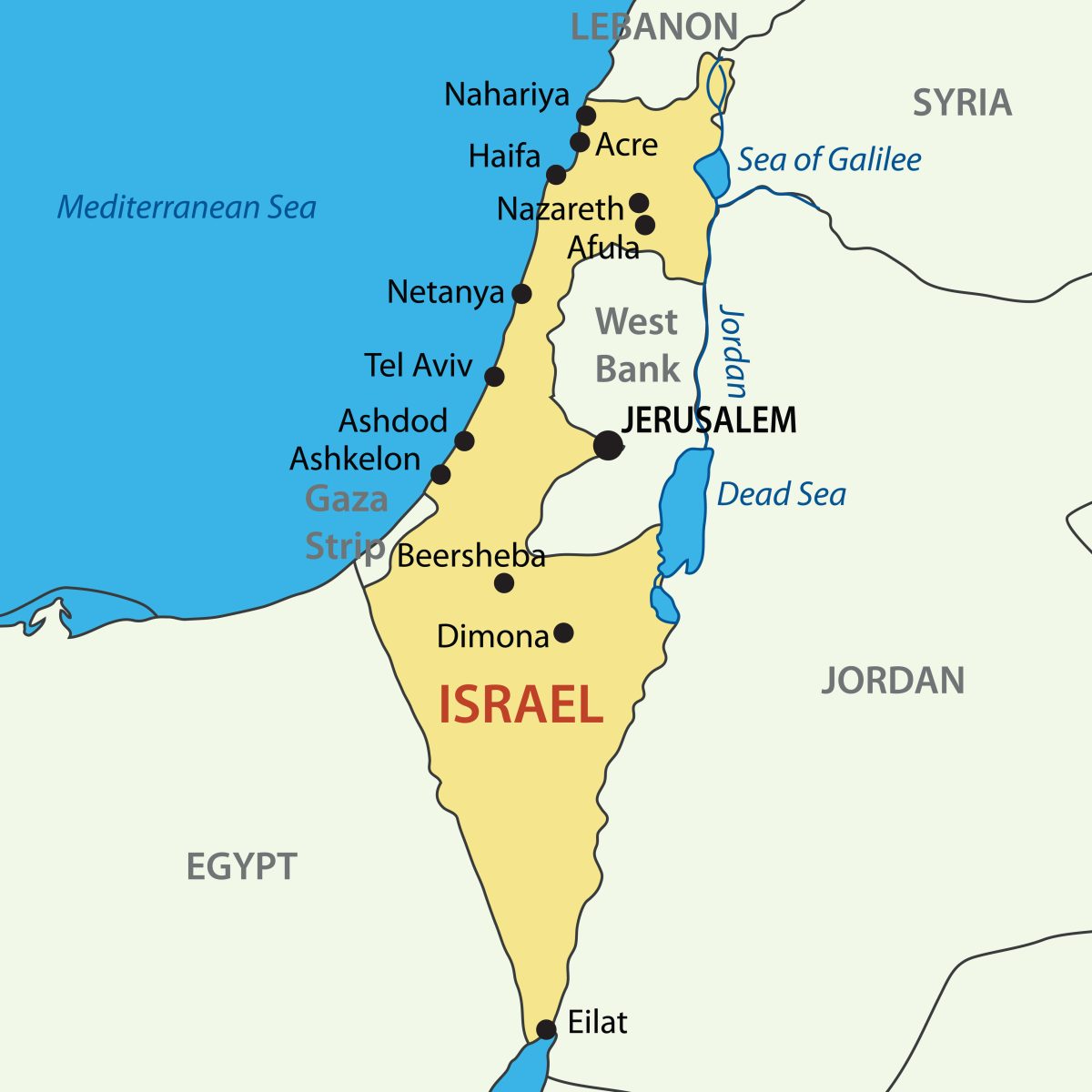The conflict in the Middle East has a long and deep history. Tensions between the Israelis and the Palestinian Arabs can be traced back in history to Abraham, father of both Israel and the Arab nations.
The more recent history of this conflict, however, began in the late 1800s and continues to this day. Facing extreme anti-Semitism in Europe and Eastern Europe, many Jews sought refuge in their ancient homeland, the land of Palestine.
Tensions with the Palestinian Arabs grew exponentially as Jews migrated in waves by the tens of thousands, many of them fleeing Nazi Germany in the 1930s.
The British government controlled the area of Palestine when they defeated the Ottoman Empire in WWI. The Ottoman Turks, who, it’s important to note, are not Arabs, controlled Palestine previously for 400 years.
The conflict between the Jews and the Palestinian Arabs then fell to the British, given the mandate to oversee the area by the League of Nations in 1917. The British believed that the answer to the conflict was to partition Palestine. In other words, to create separate and distinct areas for the Jews and the Palestinian Arabs; a two-state solution.
All such partition plans were rejected by the Palestinian Arabs.
With tensions reaching a fever pitch after WWII, the British declared themselves to be at an impasse and referred the entire conflict to the newly formed United Nations, setting a deadline of May 15, 1948. If no solution was set forth by that date, they would nevertheless terminate the mandate and withdraw.
The United Nations’ Palestine Commission determined that the answer to the conflict between the Jews and the Palestinian Arabs was a two-state solution. A partition plan was submitted to the UN general assembly with distinct borders for a state of Israel and a state of Palestine.
The Ottoman Empire in modern-day Turkey, controlled the area of Palestine for 400 years, from 1516 to 1917. The British Empire defeated the Ottomans in WWI and were given a mandate to oversee Palestine by the League of Nations, precursor to the United Nations.
The UN general assembly approved the partition of Palestine to create a two-state solution with a vote of 33 in favor, 13 against, and 10 abstentions. The Palestinian Arabs and neighboring Arab nations rejected the plan outright.
The Jews accepted UN Resolution 181 and declared the newly formed state of Israel on May 14, 1948, accepting the terms and conditions and boundaries proposed by the Palestine Commission. Had the Palestinian Arabs accepted the UN partition plan and also declared themselves to be the State of Palestine, there would exist today two states, Israel and Palestine and the conflict in the Middle East would not exist as we know it today.
Since Israel announced the newly formed state of Israel on May 14, 1948, many world leaders have made efforts to solve the conflict by again proposing a two-state solution. All such efforts have failed. Terms and conditions for such an agreement have been repeatedly rejected by both the government of Israel and the leadership of the Palestinian Arabs.
Prime Minister of Israel, Naftali Bennett, was recently asked by an international news organization, “When will tensions and in the Middle East?” Bennett responded, “The answer is simple; when they stop trying to kill us.”
By Pastor Rich Jones

